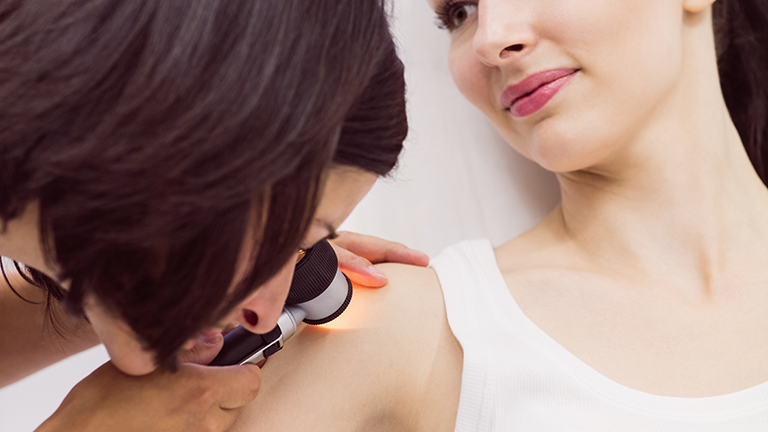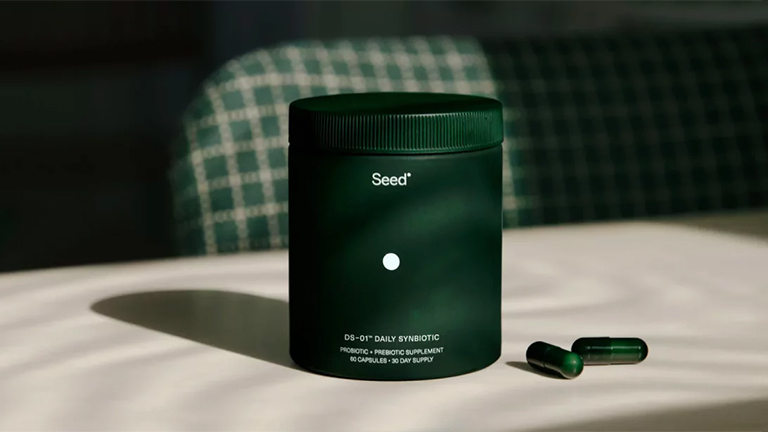Skin is the largest organ of the human body, serving as a protective barrier against external elements, infections, and injuries. In healthcare, a skin assessment checklist is an essential tool used to evaluate skin integrity, identify potential risks, and prevent conditions such as pressure ulcers and infections. This in-depth guide provides a comprehensive look into skin assessment practices, tools, documentation strategies, and clinical applications across various healthcare settings in the US, UK, Canada, and globally.
Table of Contents
Skin Assessment Checklist
A skin assessment checklist is a structured tool used to systematically evaluate the skin’s condition. It covers areas such as colour, temperature, texture, moisture, integrity, wounds, and lesions. For healthcare professionals, it ensures no critical detail is overlooked. For caregivers and patients, it serves as a daily monitoring tool to detect changes early.
Importance of Skin Assessment in Healthcare
Skin assessment plays a vital role in patient safety, quality of care, and prevention of complications. In the US, UK, and Canada, guidelines emphasise routine skin checks, particularly for at-risk populations such as the elderly, bedridden patients, and those with chronic illnesses. Benefits include:
- Early detection of pressure ulcers and wounds
- Improved wound healing outcomes
- Reduced hospital readmission
- Enhanced patient comfort and dignity
- Better documentation for legal and quality standards
Key Components of a Skin Assessment Checklist
An effective checklist should include:
- Patient details (name, age, medical history)
- Inspection of skin colour, tone, and pigmentation
- Assessment of temperature and moisture
- Evaluation of skin texture and elasticity
- Identification of lesions, bruises, or wounds
- Pressure points (heels, sacrum, elbows, hips)
- Signs of infection or inflammation
- Documentation section
Step-by-Step Skin Inspection Process
1. Preparation
Ensure privacy, explain the procedure, and gather tools such as gloves, flashlight, and assessment forms.
2. Visual Inspection
Check the entire body systematically from head to toe, paying close attention to pressure-prone areas.
3. Palpation
Feel for temperature differences, swelling, or tenderness.
4. Documentation
Record findings using standardised terminology and forms.
How to Document a Skin Assessment Properly
Documentation ensures continuity of care and legal protection. Use descriptive terms such as:
- Colour: pale, flushed, jaundiced
- Lesions: macule, papule, ulcer
- Moisture: dry, clammy, moist
- Texture: rough, smooth, scaly
- Location and size of wounds
Common Skin Conditions to Look For
- Pressure ulcers
- Diabetic foot ulcers
- Skin tears
- Eczema and dermatitis
- Psoriasis
- Fungal infections
- Cellulitis
Skin Assessment Checklist for Nurses and Caregivers
Nurses and caregivers must perform regular checks to ensure timely intervention. Nursing documentation includes Braden Scale or Norton Scale assessments for pressure ulcer risks.
Pressure Ulcer and Wound Care Checklist
Pressure ulcers remain a global healthcare concern. A wound care checklist should include:
- Ulcer stage (Stage I–IV)
- Exudate type and amount
- Tissue condition (necrotic, granulating)
- Signs of infection
- Pain assessment
Skin Assessment in Elderly Patients
The elderly are highly vulnerable to skin breakdown due to thinning skin and reduced circulation. Routine skin checks should be integrated into daily care in nursing homes and hospitals.
Tools and Forms for Skin Assessment
Healthcare settings use various tools:
- Skin assessment forms (paper or digital)
- Braden Scale for pressure ulcer risk
- Photography for wound progression
- Electronic health records (EHR) integration
Daily Skin Monitoring Tips for Patients
- Check skin daily after bathing
- Moisturise regularly
- Wear breathable fabrics
- Report changes immediately
Clinical Guidelines for Skin Assessment
Organisations like the National Pressure Injury Advisory Panel (NPIAP), NICE (UK), and Canadian Patient Safety Institute provide standardised guidelines for skin integrity assessments.
Skin Assessment Documentation Examples
Example Entry: “Patient has a 2cm x 2cm Stage II pressure ulcer on the sacrum. Wound bed pink, minimal serous exudate, surrounding skin intact, no odor. Pain score 3/10.”
How to Use a Skin Assessment Checklist in Hospitals
Hospitals mandate admission, daily, and discharge skin assessments. Documentation in EHR ensures accountability and supports continuity of care.
Preventing Skin Breakdown and Pressure Injuries
- Repositioning every 2 hours
- Using pressure-relieving mattresses
- Maintaining skin hydration
- Ensuring adequate nutrition
Digital Skin Assessment Tools and Apps
With telemedicine and mobile health, digital tools now support remote wound monitoring, photographic records, and automated risk scoring.
Training Staff on Skin Assessment Procedures
Regular training sessions, workshops, and online modules help staff maintain updated skills in skin and wound assessment.
Skin Assessment in Different Age Groups (Pediatric vs. Geriatric)
Pediatric patients require special attention due to delicate skin, while geriatric patients need more frequent assessments due to fragility.
Common Mistakes to Avoid in Skin Assessment
- Incomplete documentation
- Failure to check hidden areas
- Using non-standard terminology
- Ignoring patient-reported symptoms
Conclusion and Final Recommendations
Skin assessments are crucial in preventing complications and maintaining patient health. By using structured tools, proper documentation, and clinical guidelines, caregivers and healthcare providers can significantly improve outcomes. Implementing a skin assessment checklist ensures consistency, safety, and better care quality. For more resources, visit:



